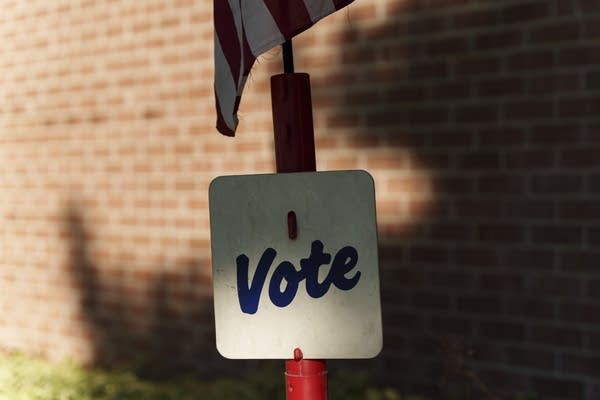What does voter turnout in the primary election say?

A “Vote” sign rest at the front doors of a polling station in New Ulm, Minn. on Aug. 9.
Tim Evans for MPR News
Go Deeper.
Create an account or log in to save stories.
Like this?
Thanks for liking this story! We have added it to a list of your favorite stories.


